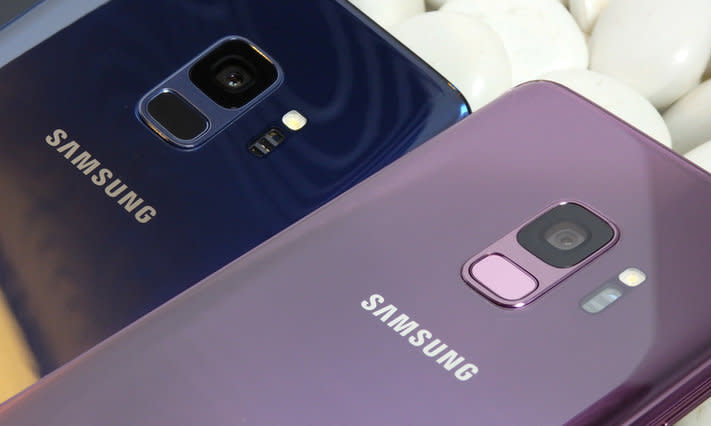Samsung Could Finally Beat Google with This Camera Breakthrough
It seems with each passing generation, one of the major smartphone makers happens upon a camera breakthrough. And Samsung could be on the cusp on acquiring a big one.
Apple delivered the first modern dual-camera system in the iPhone 7 Plus. Google wowed us with Night Sight more recently in the Pixel 3. And rumors suggest Samsung could join their ranks with a trick of its own in a future Galaxy flagship.

Credit: Tom's Guide
Samsung has apparently finalized negotiations to acquire imaging startup Corephotonics, according to a report out of Israeli business publication Globes. Corephotonics is still a relative unknown in the space, though they've been attached to some pretty phenomenal accomplishments over the last several years.
MORE: Samsung Galaxy S10 Rumors: Release Date, Specs, and More
In 2018, Corephotonics worked with Oppo to debut a prototype 5x optical zoom system that utilized a prism to fit within the confines of a phone's body. And before that, the firm actually sued Apple over infringing on a patent it claimed to have on the iPhone 7 Plus' secondary telephoto lens. (Though the outcome of the lawsuit isn't public knowledge.)
Samsung is already one of the primary investors in Corephotonics, and earlier this month was said to be in "advanced negotiations" to purchase the lab for about $150 to $160 million, according to Globes. Given the recency of the acquisition, it is highly unlikely that the technology Corephotonics has developed will play any part in the Galaxy S10, foldable Galaxy F or even the Galaxy Note 10 — though it could potentially figure into Samsung's 2020 smartphones.
Ideally, Corephotonics' work could overcome one of the major hurdles that has perpetually plagued mobile imaging — the inability to deliver adjustable optical zoom. Some modern smartphones, like Samsung's own Galaxy S9+ and Note 9, employ a second lens on the rear with a longer focal length to achieve a more zoomed-in shot compared to the standard wide-angle shooter, albeit one that is fixed at all times. Conversely, Google's Super Res Zoom technology uses clever algorithms to "fill-in" holes on the image sensor that digital zoom typically misses, to improve the quality of close-ups on all devices no matter how many lenses they have.
Both of these hardware and software solutions have proven to be serviceable stand-ins, but nothing could compare to true, changeable optical zoom, which figures to be exactly what Samsung would be working toward by snapping up Corephotonics. In the company's prototype application, the zooming lens and image sensor actually sit at an angle perpendicular to what is being shot; light reaches the camera stack through the use of a a strategically-placed prism.
Samsung managed to manufacture an adjustable aperture system for its most recent batch of flagship handsets, though we found it didn't elicit a massive improvement in the quality of the phones' photography.
We likely won't see the fruits of Samsung and Corephotonics' labor for quite some time. However, if the transaction is truly all but sorted, you can expect an official acknowledgement from the companies in the coming days.


